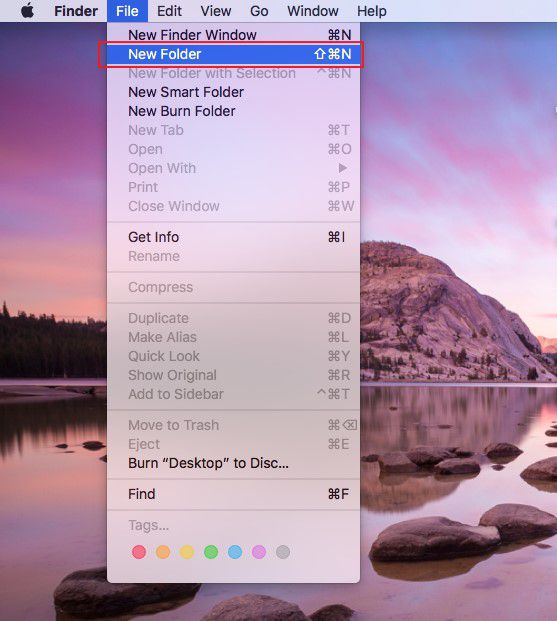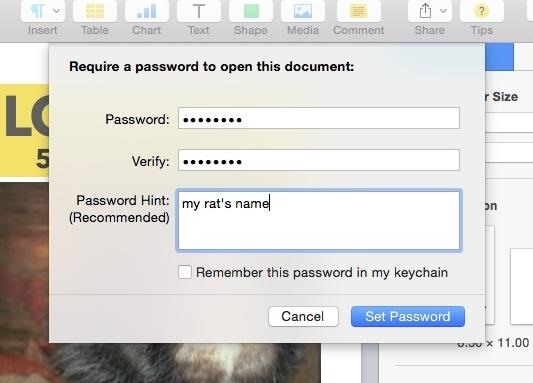
- #Password folder mac use on windows manual
- #Password folder mac use on windows full
- #Password folder mac use on windows windows 10
- #Password folder mac use on windows password
#Password folder mac use on windows password
You’ll first have to add a password and then you could connect.

#Password folder mac use on windows windows 10
If you setup a Windows 10 user account without adding a password, you won’t be able to connect to the shared folder. By default, when connecting from another machine, you have to enter the username and password of an account that has access to that shared folder on Windows 10. Lastly, you can decide how you want users to access the folder on Windows 10. You may have to first click on the Change settings button at the top before you can select a box. Scroll down until you see File and Printer Sharing and make sure that it is checked for the Private network. Then click on Allow an app or feature through Windows Firewall. Go to Control Panel and click on Windows Defender Firewall.

The next thing you need to do is make sure that File and Printer Sharing is turned on and allowed through the Windows Firewall in Windows 10. This way, you’ll be able to access the folder from any computer or device without having to worry about entering credentials.

#Password folder mac use on windows full
If you want to make it easy and the folder doesn’t have sensitive data, just add the Everyone group and give them Full Control. Click on Permissions and then add groups or users that you want to give access. Check the Share this folder box and then give the share a name. This will necessitate the user knowing 2 passwords for a length of time, as well as some possible screwy permissions with the keychain and sudo.I suggest clicking on Advanced Sharing as you have more fine-grain control over everything.
#Password folder mac use on windows manual
So even if a password is changed via some external method (OWA, remote desktop, a manual reset by me) the OS X machine will not have the changed password. I know I could have users VPN in and Remote Desktop to another machine to change their passwords, but this will play havoc with the local machines keychain, as well as sudo privileges, which might just get worse the next time they visit the office.Įdit: I should clarify that one of the issues seems to be that even with an active vpn connection, OS X doesn't seem to try and communicate/authenticate against the AD servers (just keeps using cached credentials), even when a password change has been attempted. If a Mac VPN's in and tries to change their password, they just get the "password was not changed" message ("your system administrator may not allow you to change your password or there was some other problem with your password.").Īnyone know why, or have a solution for this? The Windows users can VPN in, hit Ctrl-Alt-Del, change their password and everything is updated and fine. The problem is the actual password change. I've found several ways for users to be notified of an expiring password (scripts+email, adpassmon, etc). The problem comes for the handful of office users who are permanently remote. They come in to the office, get the expiration notice, and change their password at login or via the usual change password options for Win7 or OS X. When the expiration date comes up, it's not a problem for most users.

Every users domain login is used to log in to their laptops as well as a few corporate resources, including Cisco VPN connection when away from the office. Everybody in the company has a laptop that is joined to the domain, a mix of Win7 and Macbook Pro's (Mountain Lion or Lion). We've got a a number of security policies that we enforce, including a 180 day password expiration policy. In our office, we are running some Windows servers running an Active Directory domain.


 0 kommentar(er)
0 kommentar(er)
